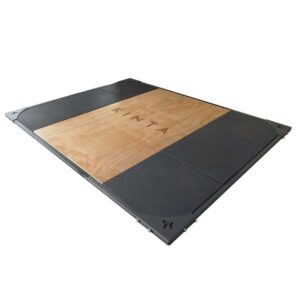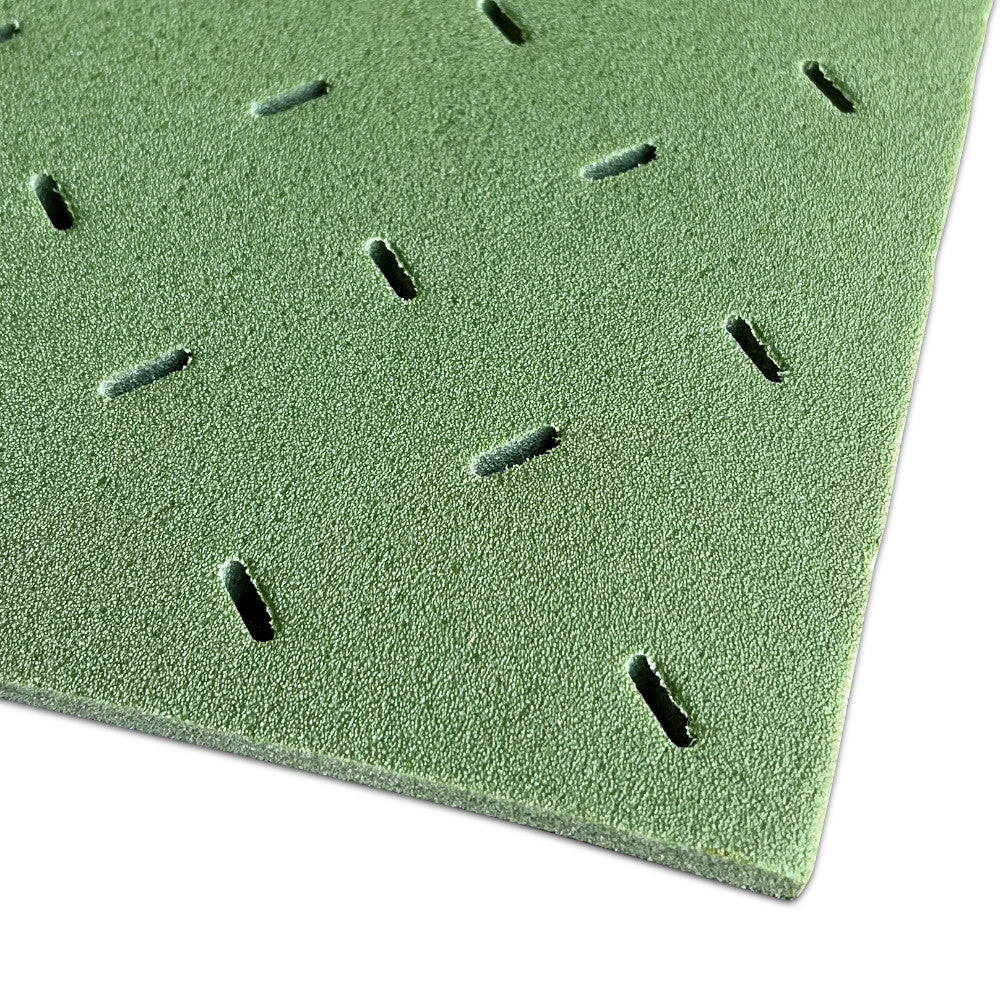







Transform your workout space into the ultimate lifting zone with gym flooring built to take a beating! At Kinta Fitness, we’ve got flooring that’s as tough as your training sessions—ready to protect your floors and keep you safe as you crush every rep. Set up your gym right, and get ready to make gains on a solid foundation!
High-quality gym flooring does way more than just look good—it’s here to handle all the sweat and heavy lifts you throw at it. Kinta Fitness has you covered with gym mats tough enough for any setup, whether you’re kitting out a home gym or going big with a commercial space.
Yoga flows at home or late-night lifts at the 24-hour gym—our gym flooring is built to take on every type of workout grind.
Our rubber gym mats are made to withstand the most strenuous workouts. They’ll protect your floors from the roughest sessions, and rubber flooring minimises noise, so you can go hard without worrying about disturbing the neighbours. Available in a range of sizes, colours, and thicknesses, personalise your gym today!
Home gym mats that interlock are easy to install, making every workout feel pro-level. They’re cushioned for comfort during bodyweight exercises, stretching, or a quick yoga flow before lifting. Versatile and easy to reconfigure, making them the wisest choice if your home gym is also your living room!
For the serious lifters and functional fitness fans, astraturf and deadlift platforms are your best bet. Astraturf is perfect for sled pushes, cardio drills, and dynamic movements, bringing that outdoor feel into your gym space. But if you’re a deadlift junkie, our platforms are built to keep your floor and barbells safe while you go all out.
Picking the right gym flooring isn’t just about looks—it’s about ensuring your workout space can handle the grind. Here’s why Kinta Fitness gym flooring is the real MVP:
Aussie-made and Perth-proud, Kinta Fitness have your back with durable gym flooring. We even hook you up with free shipping to metro areas, so getting gym flooring in Perth, and the rest of Australia, is as easy as hitting “add to cart”.
Setting up a legit home gym? You need the suitable mats to keep it solid. Rubber gym mats are clutch for soaking up impact and keeping things quiet. For maximum flexibility in smaller spaces, go for interlocking mats or foam flooring.
Ready to take your setup to the next level? Kinta Fitness has gym flooring that can handle every rep, set, and drop. Our gym mats, rubber flooring, and specialty options are built tough for the demands of serious training. Deck out your space with flooring that’s as solid, safe, and hardcore as you are!
The thickness of your gym flooring depends on the intensity of your workouts and the type of equipment you use. Think about your go-to routine. Thicker rubber mats provide more protection for heavier equipment, while thinner mats are suitable for light workouts and general floor exercises.
Yes, Kinta Fitness offers installation services for customers in Perth and nearby areas. We understand that setting up a gym can be more brutal than the workout itself, so our team is ready to assist with quick, professional installation.
Some of our gym mats and astraturf options are suitable for outdoor use. Check the product specifications or reach out to our team for recommendations!

Next Day Delivery Perth Metro

Installation service available

100% Australian Owned

Discounts for essential workers
